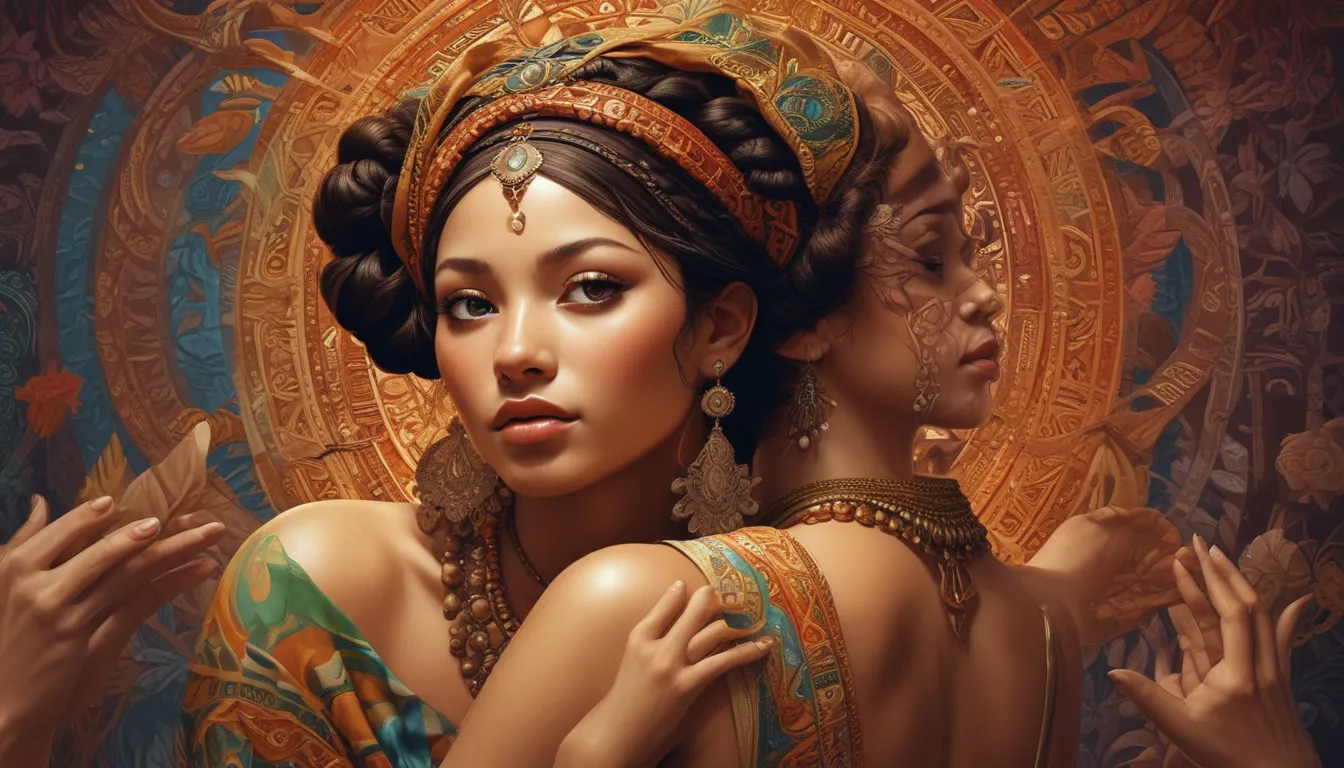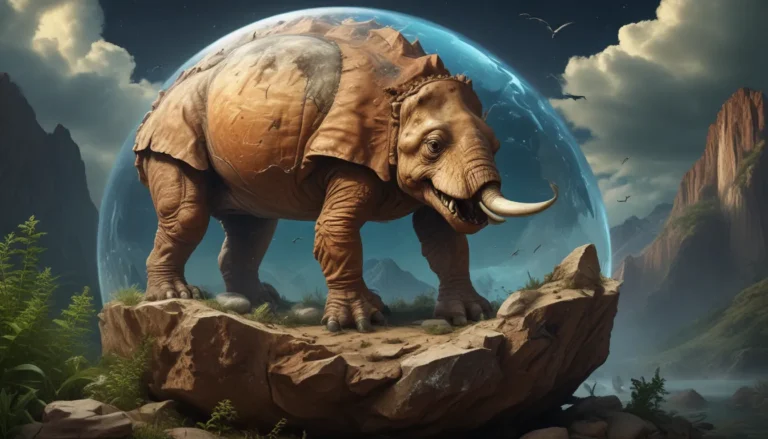A Note About Images: The images used in our articles are for illustration purposes only and may not exactly match the content. They are meant to engage readers, but the text should be relied upon for accurate information.
In a world where cultural exchange and interaction have become ubiquitous, the concept of cultural diffusion takes center stage. The phenomenon of cultural diffusion has been shaping our societies for thousands of years, enriching our global tapestry with diverse traditions, beliefs, and practices. From ancient trade routes to modern technological advancements, cultural diffusion has played a significant role in bridging communities and fostering understanding among different cultures.
The Historical Roots of Cultural Diffusion
Cultural diffusion is not a new phenomenon – it has been occurring for millennia as civilizations interacted through trade, warfare, migration, and exploration. Ancient civilizations like the Greeks, Romans, and Egyptians engaged in extensive cultural exchange, sharing ideas, technologies, and traditions that laid the foundation for the interconnected world we live in today.
The Silk Road stands out as a prime example of historical cultural diffusion. This ancient network of trade routes connected East Asia with the Mediterranean, facilitating the exchange of goods, ideas, religions, and technologies. The Silk Road was instrumental in spreading innovations like papermaking, silk production, and Buddhism across different cultures.
The Modern Landscape of Cultural Diffusion
In the contemporary era, globalization has expedited the process of cultural diffusion by leaps and bounds. Advancements in technology, transportation, and communication have paved the way for the rapid spread of ideas, fashion, music, and entertainment across the globe. The internet, in particular, has revolutionized cultural diffusion, allowing people to connect, share, and exchange ideas instantaneously, irrespective of geographic boundaries.
While cultural diffusion has predominantly positive outcomes, it can sometimes lead to cultural appropriation, where elements of one culture are used or adopted by another without proper acknowledgment or respect for their origins. It is essential to approach cultural exchange with sensitivity and understanding to avoid misappropriation.
Celebrating Diversity Through Cultural Fusion
Cultural diffusion has given rise to hybrid cultures that celebrate the beauty of diversity. From fashion trends to art forms, the blending of different cultural influences has led to the creation of unique and innovative expressions. Cultural fusion festivals around the world serve as vibrant showcases of diverse traditions, promoting cross-cultural understanding and appreciation.
Moreover, cultural diffusion has the power to break down stereotypes and revive dying art forms. By introducing endangered traditions to new audiences and integrating them into different cultural contexts, cultural diffusion plays a crucial role in preserving and revitalizing heritage practices that might otherwise have been lost.
The Impact of Technology on Cultural Diffusion
In today’s interconnected world, technological advancements have accelerated the rate of cultural diffusion to an unprecedented level. Ideas, music, movies, and artwork can now travel globally with just a few clicks, transcending physical borders and connecting people from different corners of the world. Technological innovations have not only facilitated cultural exchange but also fostered innovation, understanding, and cooperation across cultures.
Understanding the Dynamics of Cultural Diffusion
As we navigate the complex landscape of cultural diffusion, it is crucial to have a nuanced understanding of its mechanisms and impacts. Cultural diffusion refers to the spread of cultural beliefs, customs, ideas, technologies, and practices from one society to another through various channels such as trade, migration, colonization, and information exchange.
Examples of cultural diffusion abound in our daily lives, from the global spread of languages like English to the adoption of culinary traditions like sushi. Cultural diffusion can have both positive and negative effects, enriching societies by exposing them to new ideas while also potentially leading to cultural assimilation and the erosion of diversity.
Embracing a Diverse Future Through Cultural Exchange
In conclusion, cultural diffusion is a dynamic and multifaceted phenomenon that continues to shape our world in profound ways. By recognizing the interconnectedness of our global society and celebrating the richness of cultural diversity, we can foster mutual understanding, tolerance, and respect among different communities.
As we embark on this journey of cultural exchange and interaction, let us embrace the beauty of diversity and unity that cultural diffusion brings. Through open-mindedness, curiosity, and appreciation for different traditions, we can pave the way for a more interconnected and harmonious world, where cultural exchange is celebrated as a catalyst for growth and enrichment.
In a world where cultural exchange and interaction have become ubiquitous, the concept of cultural diffusion takes center stage. The phenomenon of cultural diffusion has been shaping our societies for thousands of years, enriching our global tapestry with diverse traditions, beliefs, and practices. From ancient trade routes to modern technological advancements, cultural diffusion has played a significant role in bridging communities and fostering understanding among different cultures.






